Description
The PENTANOISE is a five channel digital noise source that produces independent pure white noise over the whole audio band. With only two resistors and two capacitors on each output, you can build five independent channels of analog white noise.
Download the Electric Druid PentaNoise Generator Datasheet
The datasheet includes the pinout diagram and application circuit.
You can compare the features of various Electric Druid noise chips on the “Which noise chip do I need?” page.
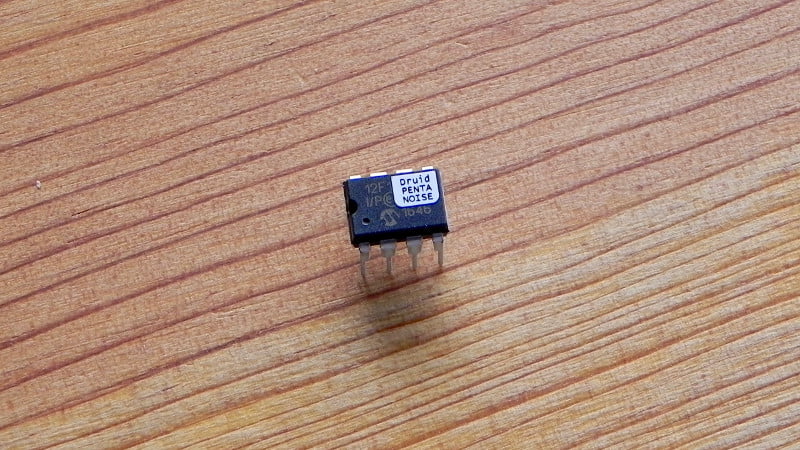


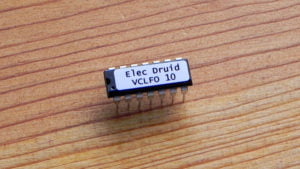
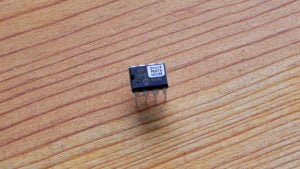
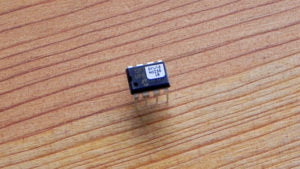
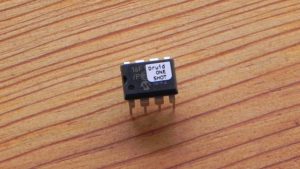
Gerald –
This is a question, rather than a review. Suppose I have two PENTANOISE chips powered from a common supply. In principle, one would expect the output pulse stream on pin 7, say, of one of these chips to always be identical to, and synchronous with, the output pulse stream on pin 7 of the other chip. Is that the case in practice? If so, is there a simple circuit hack that will ensure that the two chips are _not_ in sync? [I realize that if I use pin 7 on one chip and pin 6, say, on the other, then the problem does not arise.]
Tom Wiltshire –
Yes, in principle the output stream from each pin on one chip is identical with the same pin on the other chip. In practice, they’re clocked by an internal RC oscillator, so they won’t run at exactly the same rate – probably a few percent different. Thus within a very short time, the two outputs will be out of sync, with one being “ahead” and the other “behind”. Assuming the two oscillators have reasonably similar conditions (temperature and so on) then this discrepancy will be likely to continue to increase as the faster chip gets further ahead and the slower one falls further behind.
Of course, if you’re programming the chips yourself, it’s simple to tweak the seed value to start the sequence in a different place. But I have to say I doubt it’s worth it for audio!
Gerald –
Thanks very much for that rapid response. Just what I wanted to read. I hadn’t realized that a RC circuit was being used as the clock. I actually want ten ‘independent’ pseudorandom sources at the same time and, it seems, two PENTANOISE chips will supply them. So I shall go ahead and order a couple.